Fall Garden Guide: What to Plant and Why It's Worth It
So, you've conquered the summer garden. Tomatoes thrived. Basil became a small tree. Bees buzzed like they were throwing their own backyard rave. And now? Now your zinnias look a little crispy, your cucumbers have called it quits, and your watering can is gathering dust. It must be fall.
But before you hang up your gardening gloves for the season, let's talk about something magical: the fall garden.It's not just a summer sequel, it's the secret sauce to getting the most out of your dirt patch and maybe even impressing a squirrel or two.

Why Bother with a Fall Garden?
Let's address the pumpkin in the room. Fall is usually when we pack it up, sip hot drinks, and pretend we meant to let the weeds win. But hear us out: fall gardening isn't just possible; it might be your new favorite season to grow stuff.
Here's why:
- The bugs start ghosting (bye, beetles).
- The cooler weather means less watering.
- And your plants? They're not sweating it either.
So while your neighbors are tossing mums into pots and calling it a day, you could be harvesting crisp lettuce, snacking on sugar snap peas, and showing off your kale like a proud plant parent.
6 Steps to Creating a Fall Garden
Step 1: Let's Talk Timing
You don't need a crystal ball or a farmer's almanac from 1987, just a basic idea of your first frost date. You can look this up online or ask your local nursery.
Once you know your average first frost date, you can count backward. Most fall crops take anywhere from 30 to 70 days, so if you're reading this in early/mid September, the likelihood is there's still time to get your hands dirty.
Panic? Not necessary. Lettuce, radishes, spinach, and arugula quickly grow.

Step 2: The MVPs of the Fall Garden
You don't need to start a full-blown homestead here, you can just keep it simple. Think of fall crops like your trusty hoodie: reliable, cozy, and makes you feel like you've got your life together (even if you forgot to defrost dinner again).
Here are some top picks for a no-fuss, big-reward fall garden:
Leafy Greens
- Lettuce: Comes in all kinds of fancy names, but grows fast and doesn't mind a little frost.
- Spinach: Grows so fast Popeye would be proud. It actually gets sweeter after a touch of frost.
- Kale: The fall garden diva. Cold makes it tastier.
Root Veggies
- Carrots: Slow and steady wins the flavor race. Cooler temps bring out their sweetness.
- Radishes: Perfect for the impatient gardener. Some are ready in 25 days.
- Beets: Great in the ground, better roasted, and even their leaves are edible. Overachievers, honestly.
Garlic
Plant garlic cloves in the fall, and by next summer, you'll have bulbs that'll make you forget the grocery store even exists.

Step 3: Don't Dig It All Up
Fall gardening doesn't mean you have to start from scratch. You can plant around what's still thriving.
Still have basil hanging on? Great. Tomatoes taking their final bow? Let them. Just clear out what's really done (sorry, zucchini vines) and make space for the fresh recruits.
And while you're at it, toss some compost into the mix. Leftover coffee grounds, chopped-up leaves, or even that half-eaten cucumber your kid abandoned will all help.
Think of it as your soil's fall wardrobe update. A little boost before winter hibernation.

Step 4: Cover It Up
Here's where your fall garden can shine. A light row cover or even an old sheet can keep plants cozy on frosty nights. No need to build a greenhouse (unless you're into that sort of thing), just tuck in your greens like you're tucking in a kid who insists they're "not tired."
Also: mulch. It's not glamorous, but it holds in moisture, keeps weeds at bay, and gives your garden that "I know what I'm doing" vibe.
Step 5: Invite the Pollinators to the After-Party
Just because it's not spring doesn't mean the pollinators are gone. Bees, butterflies, and moths are still out there, doing their thing and looking for a snack.
Want to be the hero of the pollinator party?
- Let your herbs flower: Mint, oregano, and basil are fall favorites for buzzing guests.
- Plant aster or goldenrod nearby: Late bloomers that keep the buffet open.
- Avoid pulling out blooming veggies too soon: They're still hosting winged visitors.
(If you want to be extra sweet to the bees, check out our post Bees in the Fall: Supporting Pollinators During Autumn. It's a buzzworthy read.)

Step 6: Fall Garden Perks
Let's talk benefits. Because aside from feeling like a garden wizard in a scarf, a fall garden comes with a few delightful side effects:
1. Mood Booster
Something about pulling a carrot from chilly soil hits different. It's earthy therapy without the co-pay.
2. Budget Friendly
Lettuce and greens are surprisingly pricey at the store this time of year. Growing your own = crunchy savings.
3. Fresh Food, Fast
Salads in October? Yes. Roasted root veggies in November? Also yes. And if you're feeling bold, toss that kale into a smoothie. We won't judge.

A Word on Wildlife
Fall is also when local critters start storing snacks like they're prepping for a winter Netflix binge, so your garden might look like a buffet.
We recommend:
- Fencing off what you love most.
- Leaving some extras for the birds and squirrels (they're just trying to live their best lives, too).
- Planting sacrificial decoys like sunflowers or marigolds nearby. Classic misdirection.
If Nothing Else, Plant Hope (and Garlic)
Even if you're not ready to go complete fall gardener, there's one thing we recommend you absolutely try:
Garlic.
It's basically a plant-it-and-forget-it crop. Tuck a few cloves into the soil in October, cover them with mulch, and you'll feel like a gardening genius next summer.
It's like the slow cooker of the garden. You do the work now and reap the rewards later with much less stirring.

The Takeaway: Keep Growing (Even When It's Sweater Weather)
Fall gardening isn't about being fancy or perfect. It's about squeezing a little more joy, color, and crunch out of your yard, patio, or windowsill.
So plant a few seeds, get your hands dirty and watch something grow while everything else around you is slowing down. And when your friends are posting photos of decorative gourds, you'll be harvesting kale and casually saying, "Oh, this? Just from my garden."
You don't have to do it all. Just start with what makes you curious. Whether it's one row of radishes or an all-out autumn patch, the fall garden is waiting.
Ready to dig in?

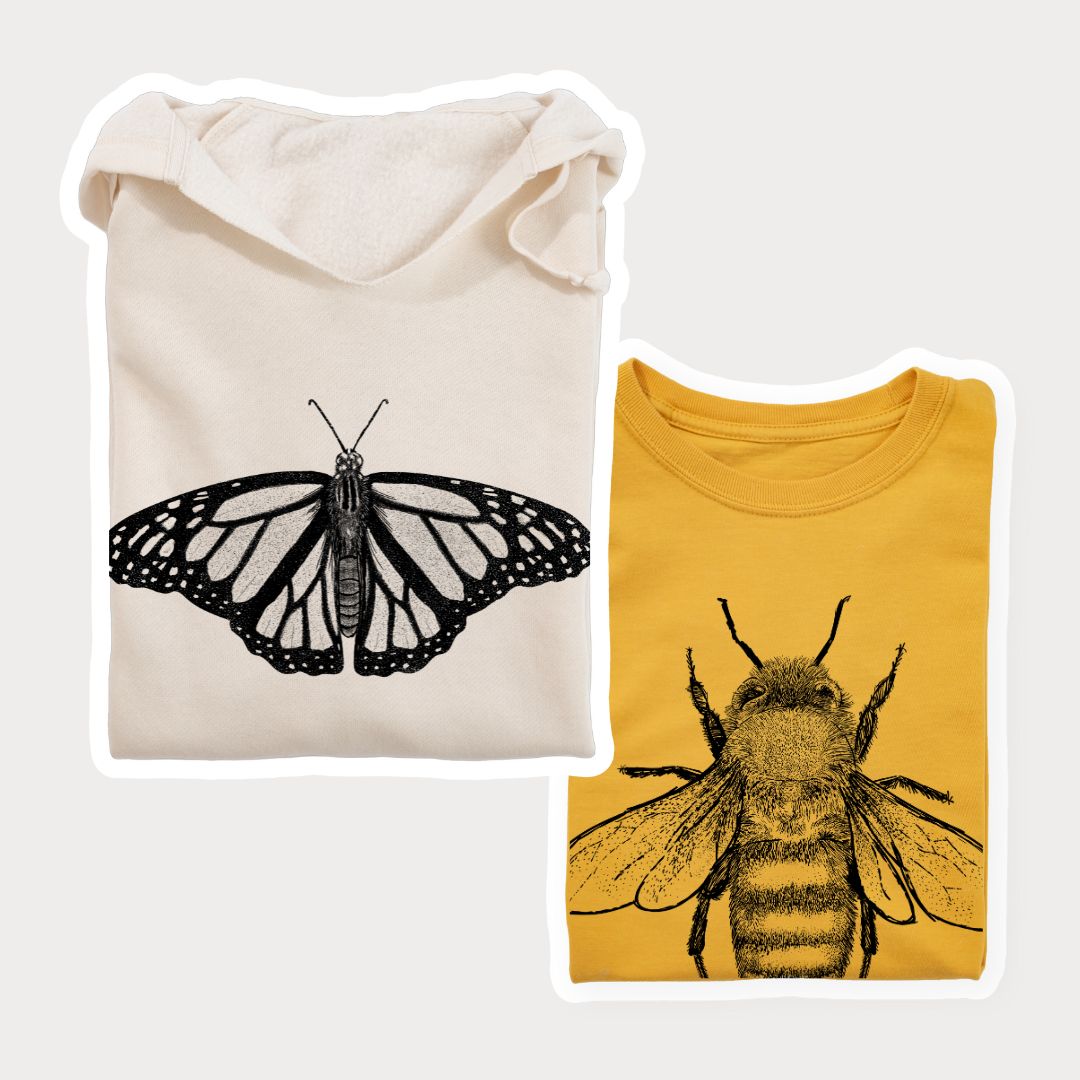


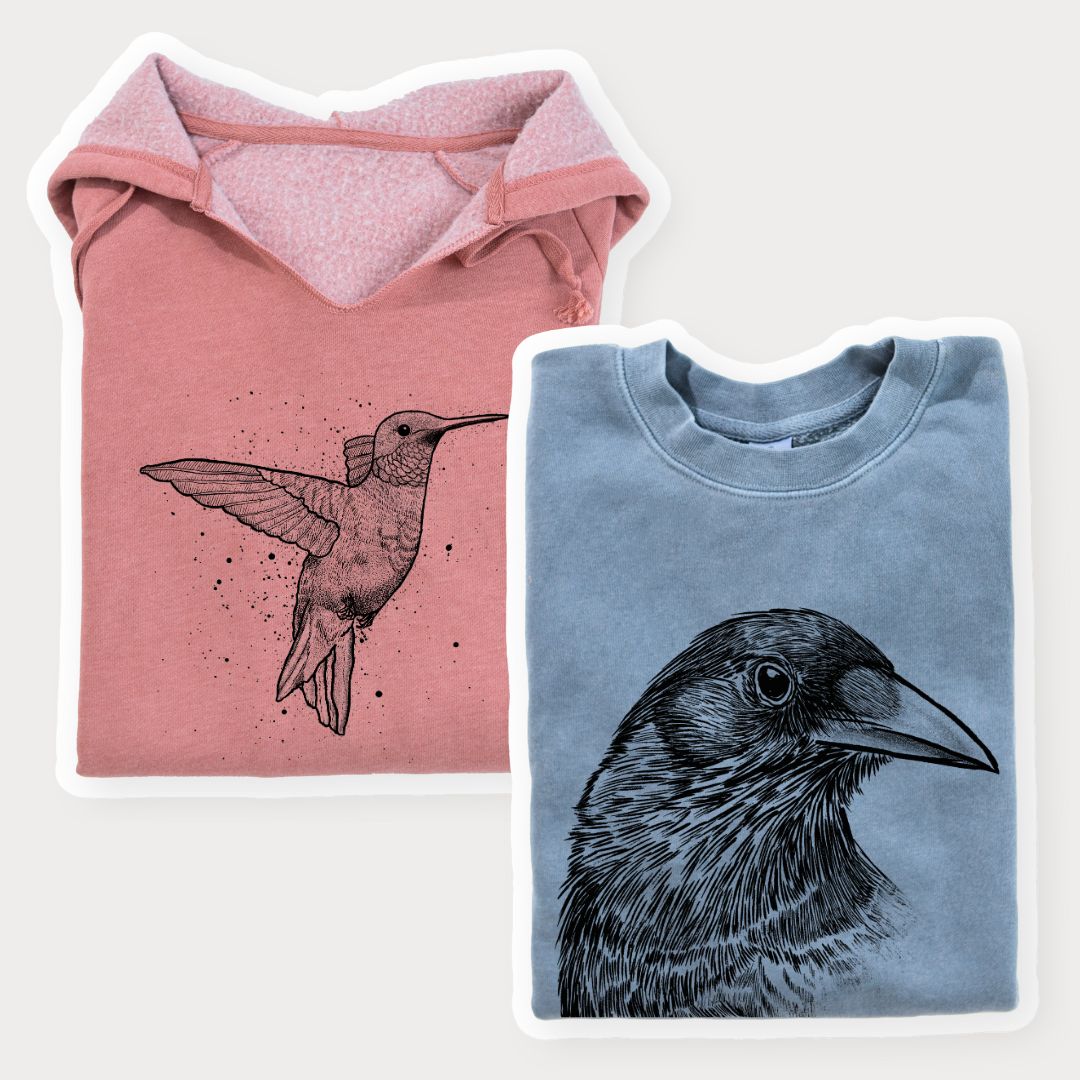
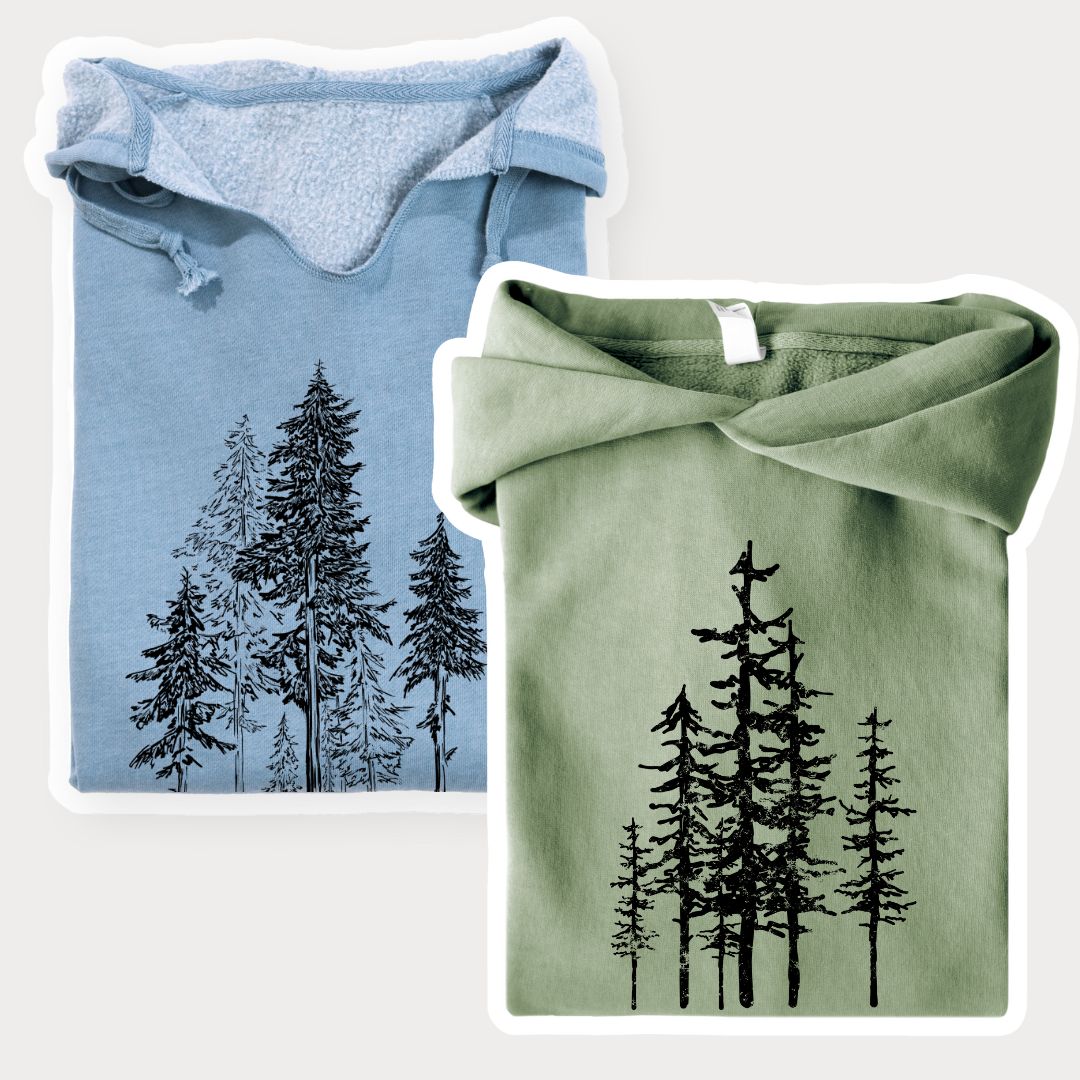
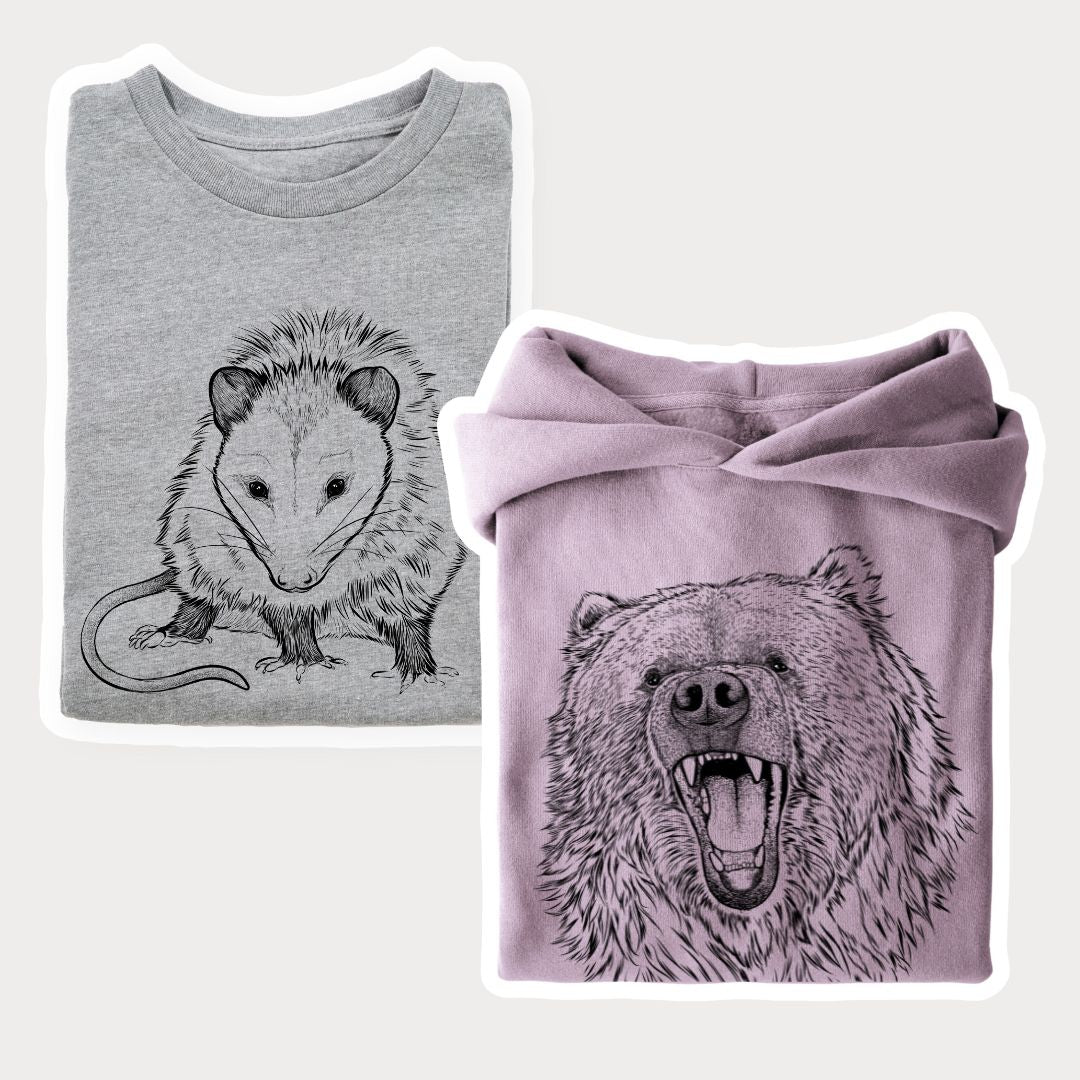


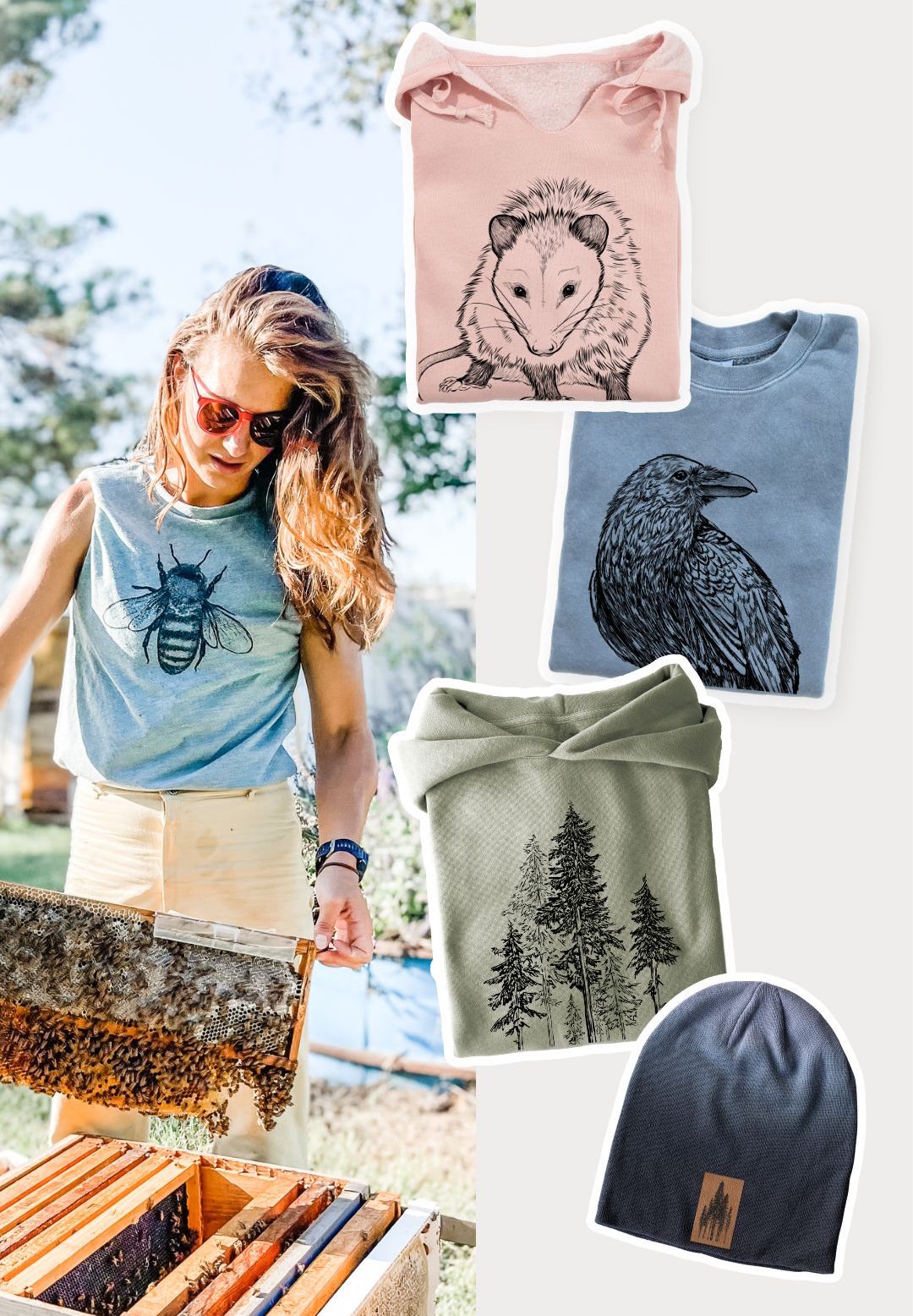

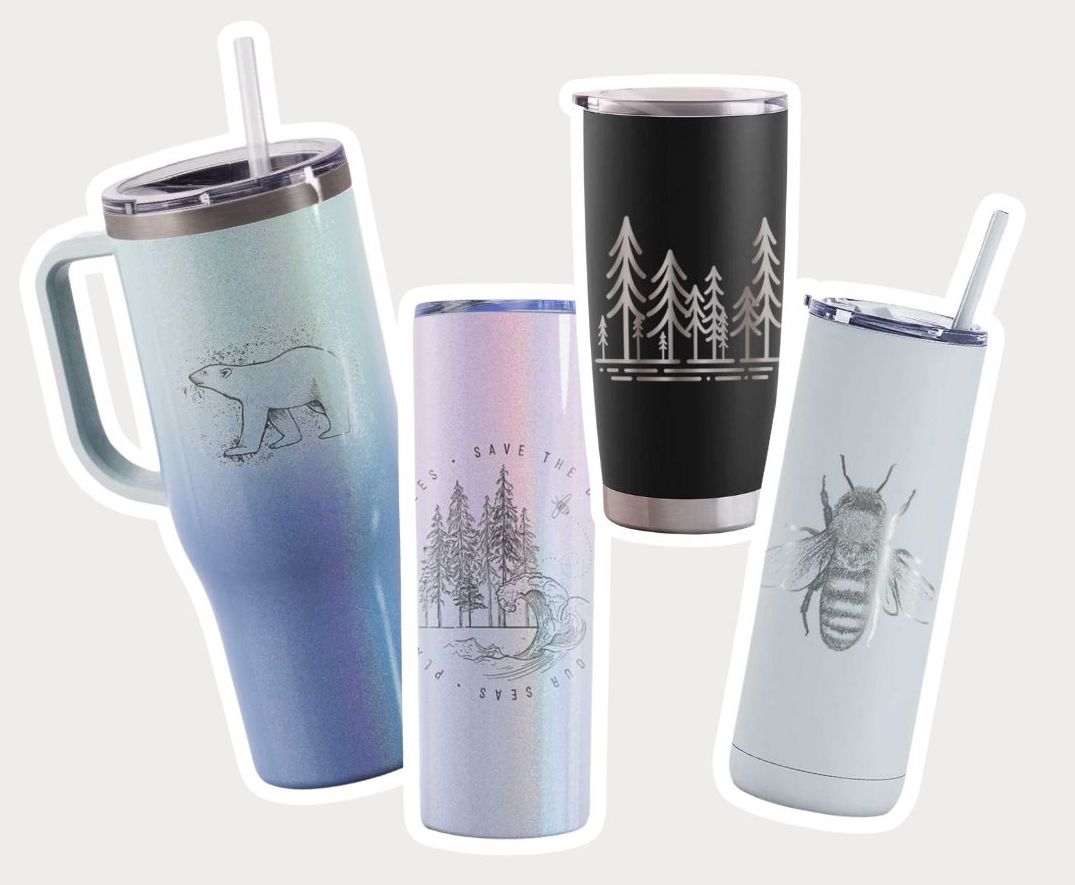

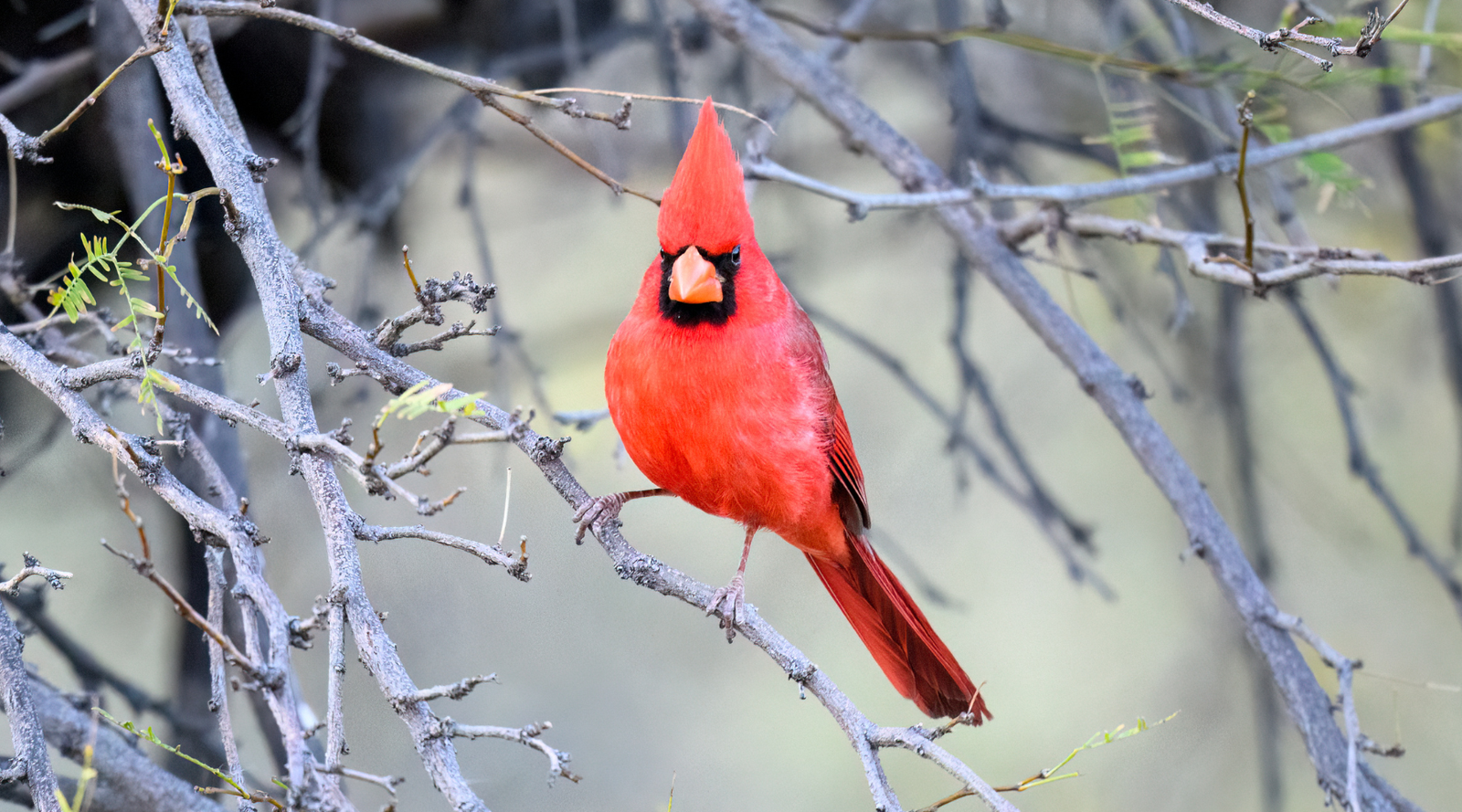
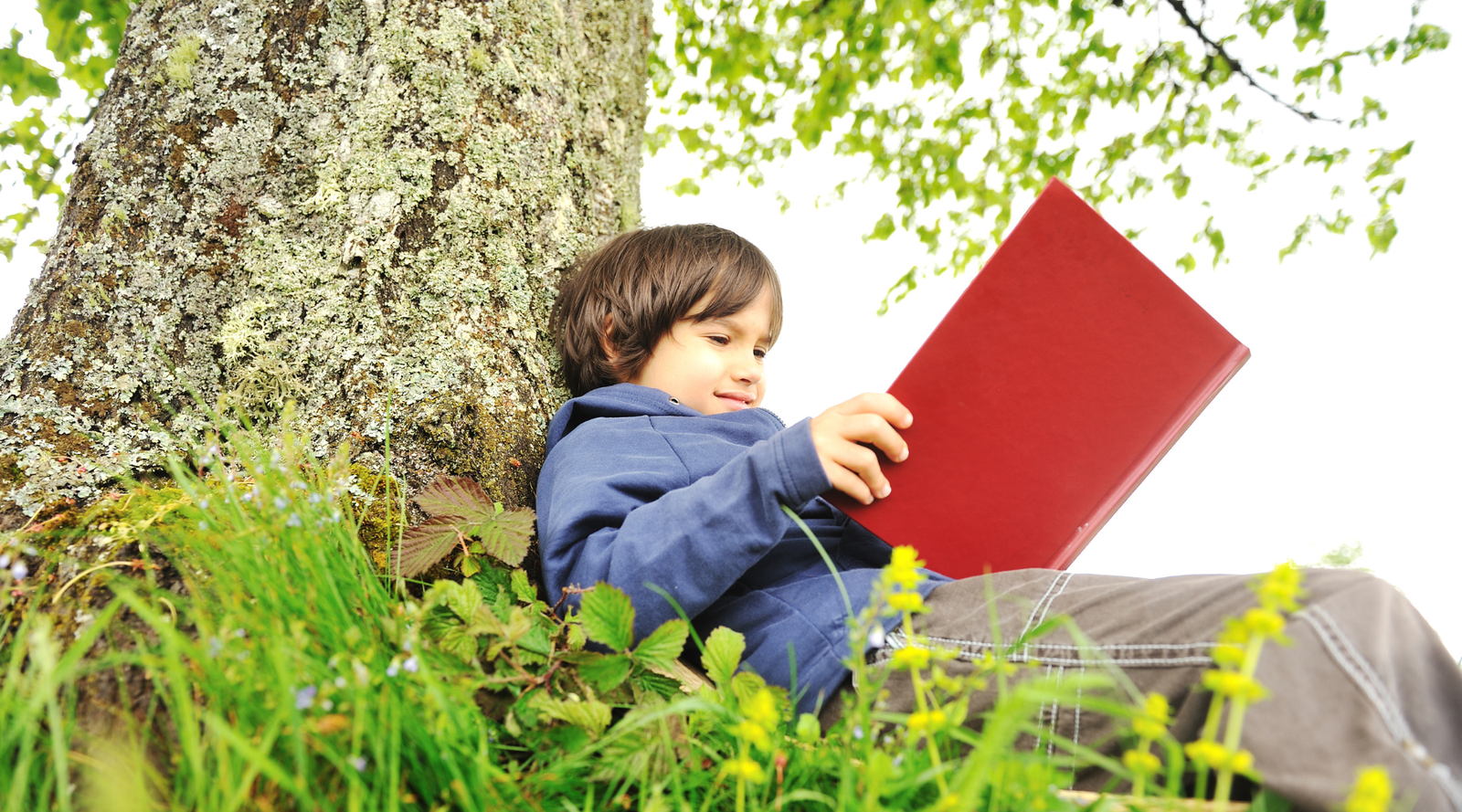
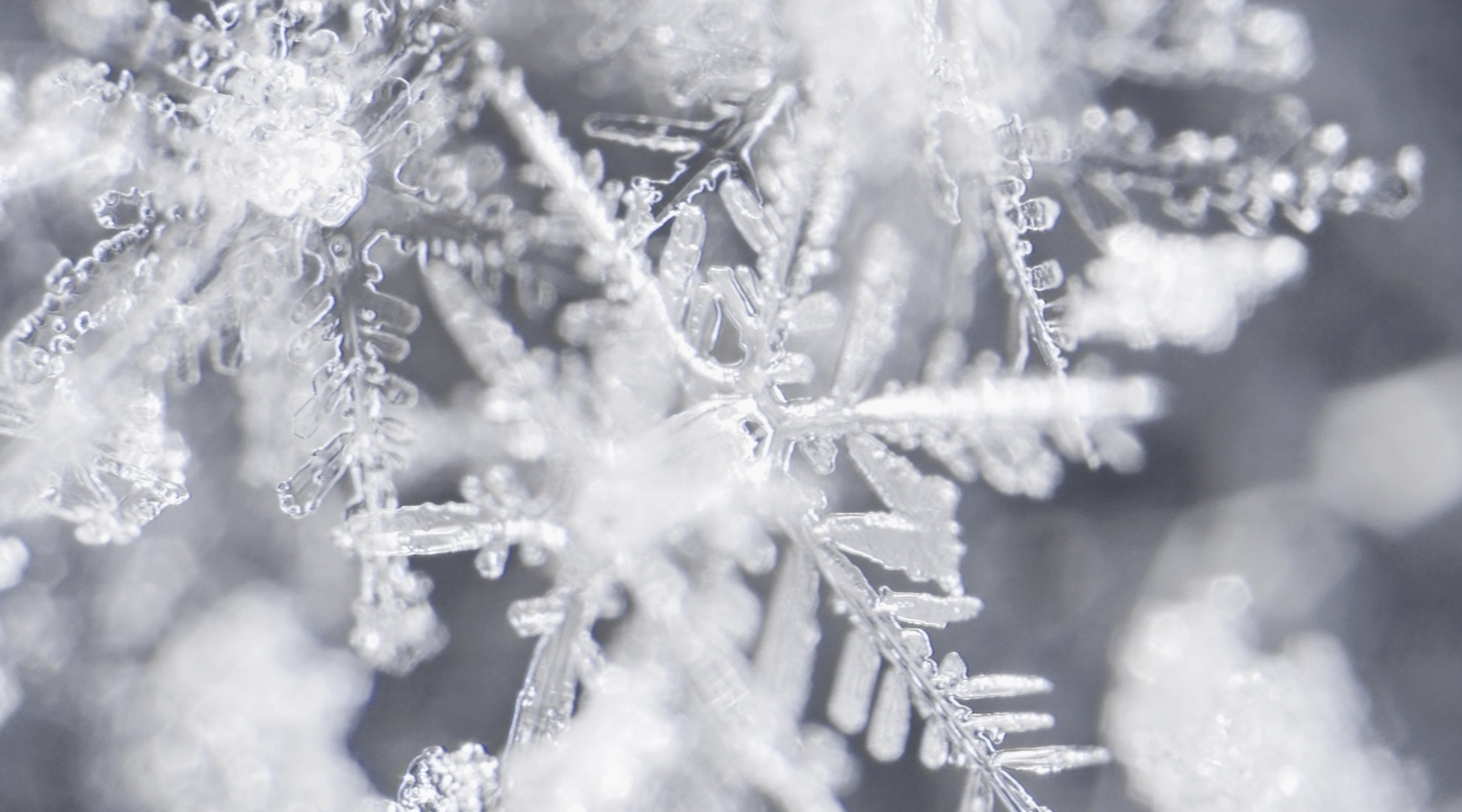
Leave a comment (all fields required)